Let’s face it. As modern homeowners, we like the idea of automation: coffee’s brewed, shower’s heated, and lights are turned on — all before you even wake up. Sounds great, right? But what does it really take to “get automated?” Hint: It’s not as much as you’d think.
With the advent of “smart technology,” the average consumer (and homeowner) have been given access to a variety of digital tools that make transitioning to a smart home as easy as the click of a button.
Find Top-Rated Home Automation Pros
Search NowLighting
Lighting automation is one of the most basic and cost-friendly steps to creating a smart home. Installing a basic automation system will allow you to set vacation timers while you’re away, connect lights to your morning alarms, and even set motion detectors that offer your family security and convenience — all from the touch of a smartphone or tablet device. (Tip: Start by identifying a protocol that will include dimmers, switches, remote controls, outlets and/or plug-in modules.)
Security
Security is a primary concern for many homeowners. Fortunately, with smart locks (which range anywhere from $99-$200+), the question: “Did I lock the front door?” will never cross your mind again. Smart locks connect with your smartphone and automatically lock/unlock depending on your location, working in tandem with your other existing smart-home systems to create a safer (and happier) home.
Add Smart Technology to Your Home
Search NowHVAC
The adage “work smarter, not harder” doesn’t just apply to yard work — it also applies to your home. When you’re building a house, it’s easy to include a smart heating, ventilation and air conditioning (HVAC) system; you’re working with a blank slate. But if you’re converting an existing system within an older home, consider these few extra steps:
• Install a Smart Thermostat:
The best, and most economic, first step toward an HVAC overhaul is the installation of a smart thermostat (companies like Nest and Ecobee make industry-leading thermostats for around $250). These thermostats offer a number of useful features, including:
– “Away” Alerts: Smart thermostats know when you leave the house and will automatically adjust the temperature to a predetermined baseline in real time.
– Scheduled automation: Smart thermostats allow you to adjust the temperature of your home based on your recurring work/social schedule, cutting energy waste and saving you money.
– Mobile Control: Smart Thermostats let you remotely adjust the temperature of your home using a smartphone or tablet.
• Get an energy audit:
To ensure that your energy bills aren’t flying out the window (literally), consider hiring a licensed professional to perform an audit. This will help you identify and tackle any energy-wasting issues.
Media
Media centers are the focal point of many homes. We watch games with friends, host family movie nights, play games, listen to music, search the web and do so much more. With such a diverse set of activities revolving around the family media center, it’s imperative that all media platforms are easy to find and even easier to navigate. Creating a smart/automated media center will help you consolidate your entertainment needs into one tidy, go-to location. Smart devices like Apple TV and Roku allow you to stream different media in different rooms at the same time, so you might even stop missing your TV favorite shows and arguing over what to watch!
Curious about what it would take to automate your home? According to our True Cost Guide, the average homeowner pays $1,188 for home automation. Book an appointment with a pro to get your smart home set up today!

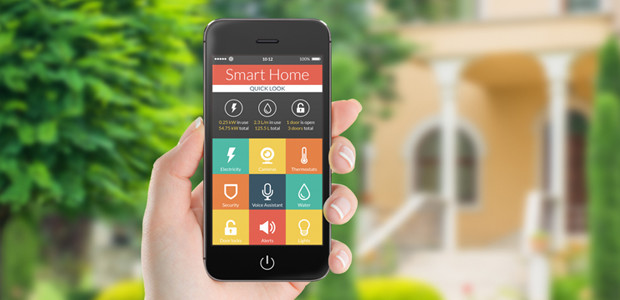
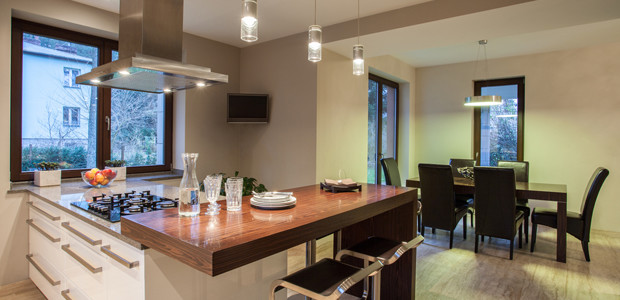


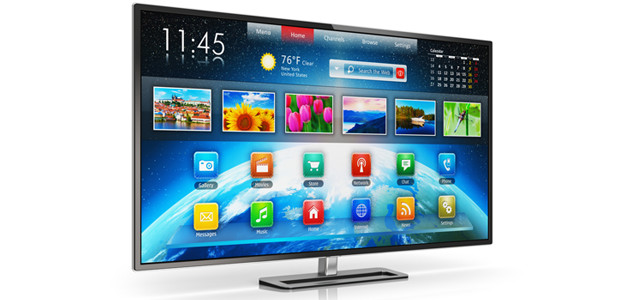

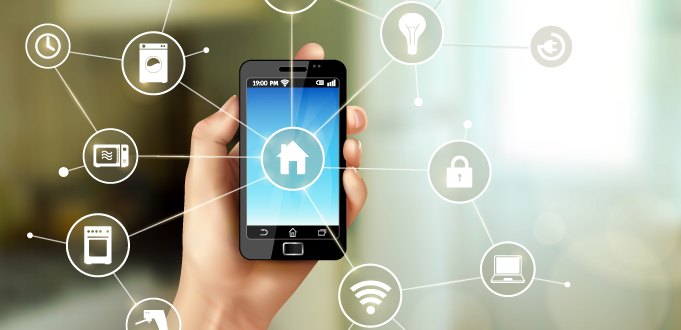 7 Must-Have Home
7 Must-Have Home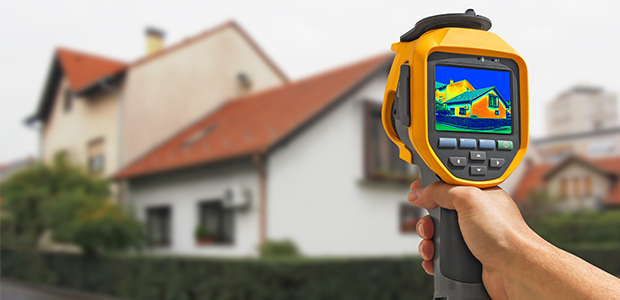 Improve Your Home’s
Improve Your Home’s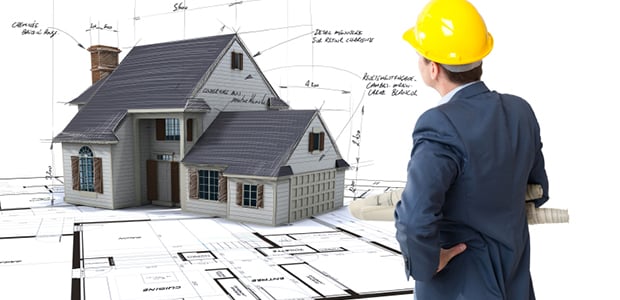 Hiring a Contractor:
Hiring a Contractor: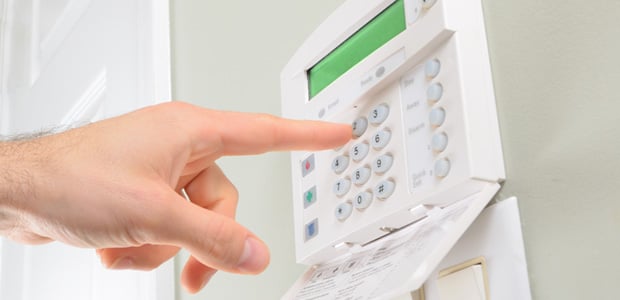 8 Steps to Better
8 Steps to Better